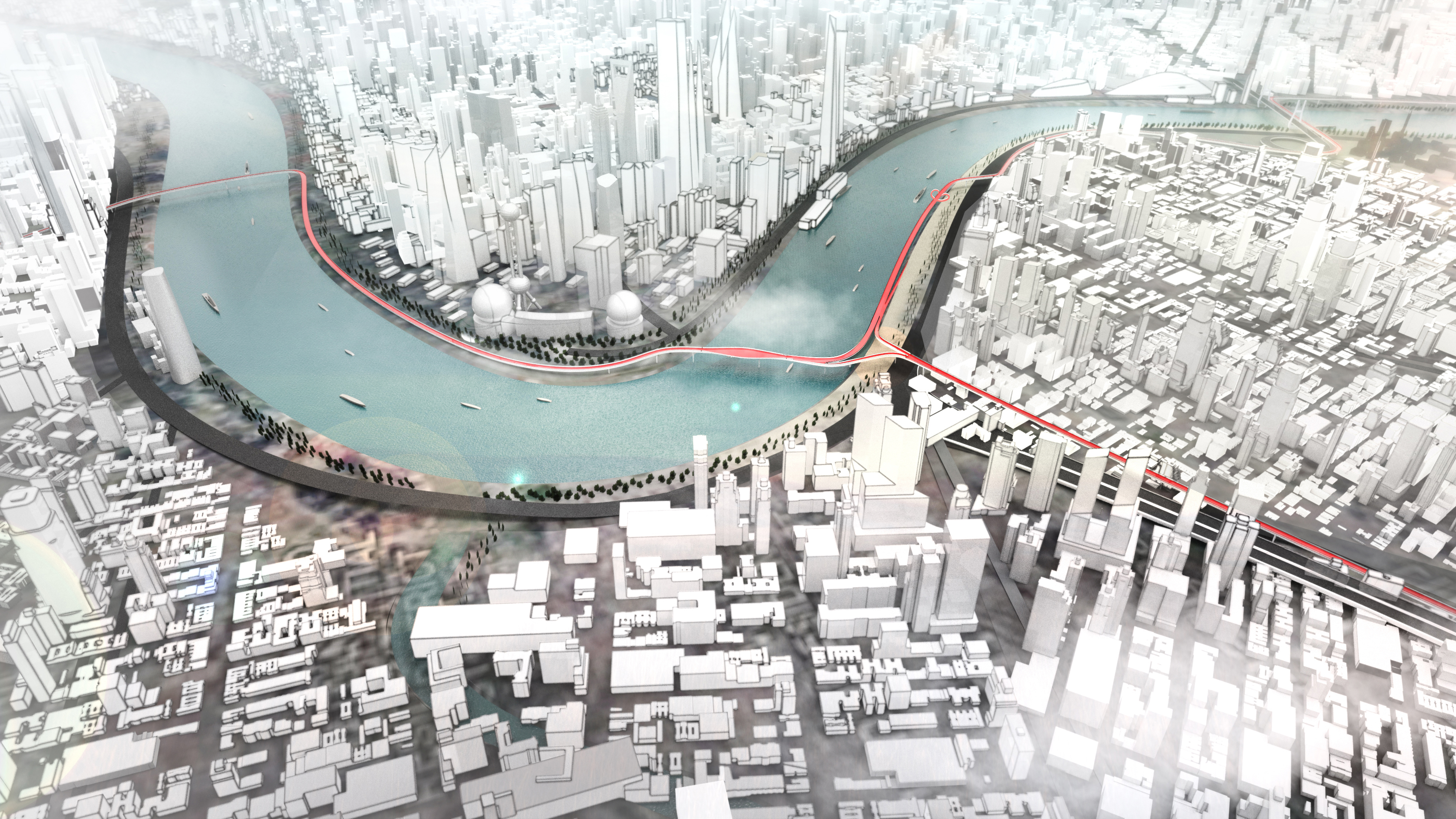
We’ve all spent time stuck in traffic jams wishing there was a way of getting from A to B without delay. Inner city congestion is getting worse, and not only is it frustrating to experience; the resulting air pollution isn’t very green either. That’s why an innovative new idea from BMW might possibly offer one solution that uses emission-free two-wheeled mobility on raised modular mini highways as the way forward.
And, where better than Shanghai, China to develop the concept that’s been dubbed "BMW Vision E³ Way", because this is a location that suffers traffic congestion like no other.
- The best electric bikes 2018: which one should you buy?
- 6 best dash cams 2017: top cameras tried and tested
The E³ bit in the title stands for ‘elevated’, ‘electric’ and ‘efficient’ and, with a population of around 26 million, the cosmopolitan city needs to come up with a better way of moving people around before it gets strangled by a combination of cars, bikes and people all struggling for space. Vision E³ Way might therefore be the solution.

Shanghai’s comprehensive subway system is a good option for many. But, on the roads, where ownership of a shiny new vehicle is on the up, cars pack the highways to such an extent that even a relatively simple journey can take ages.
BMW things a network of raised mini roads reserved exclusively for electrically-powered two-wheel vehicles has the potential to be a huge hit with commuters and visitors alike.
Workers could trundle stress-free to their offices or factories, while tourists could use the new environmentally-friendly super-highway to take in the sights at their leisure.

And, it would form just one part of what BMW sees as its vision for the future that will involve a whole raft of options for people wanting to move around. Its range of alternative transportation measures could offer the ultimate in flexibility and freedom, rather than owners being shackled to one single vehicle, as has been the case with traditional car ownership.
Get all the latest news, reviews, deals and buying guides on gorgeous tech, home and active products from the T3 experts
While Vision E³ Way isn’t designed to replace the car, it’s being seen as the perfect supplement for people who need to fill in the gaps between when they use their car and public transport.
BMW Group's Research, New Technologies and Innovations division has masterminded the elevated road concept in collaboration with Tongji University in Shanghai. It’s certainly easy to imagine the idea becoming a reality in this megacity because there are already many miles of elevated roads. These could act as ready-made donor supports for the modular bike lanes.

Mock-ups of the sections, showcased by BMW staff and Professor Jun Ma from the university, looked particularly impressive as they could be assembled off-site and then dropped in and linked up as the network is developed. The plan is to have access ramps, with automatic tollgates, at popular points along a route, such as highway intersections, metro stations and even shopping malls.
Design-wise, the sections could be covered over with solar panels on the roof to further enhance the green aspect, while an integrated cooling system for tackling Shanghai’s hot and humid summer weather could make novel use of purified rainwater to prevent travellers from overheating.
However, with a potentially large volume of users, the BMW Vision E³ Way also aims to be safe rather than speedy, with an automatic speed limit of 25km/h and no direct contact with conventional cars, buses and trucks.
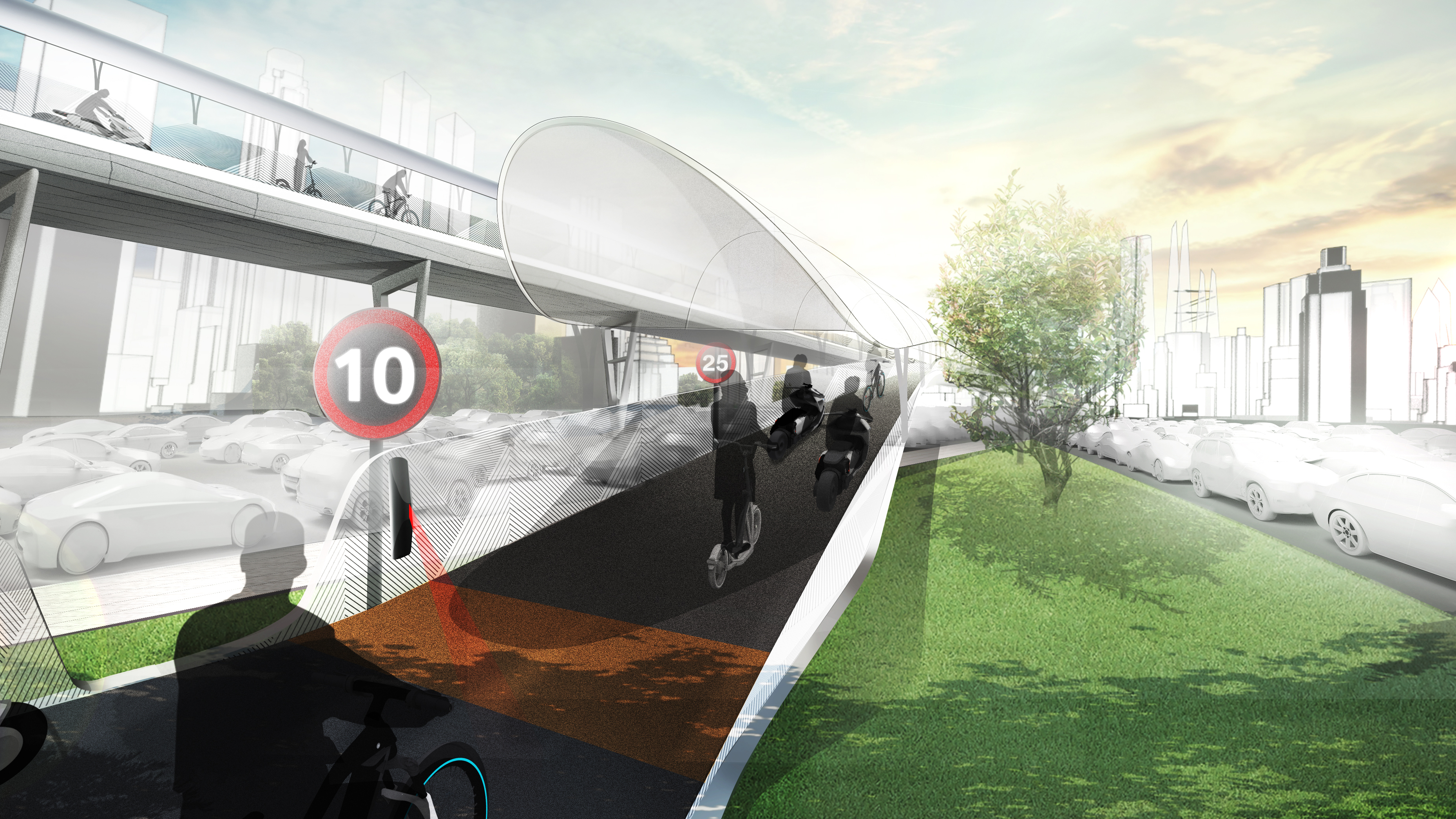
Road usage could be carefully controlled using an elaborate system of different lanes that would enable traffic to be carefully filtered. Once travel speed has been reached lanes could subsequently merge.
"The BMW Vision E³ Way opens up a whole new dimension of mobility in overcrowded conurbations – efficient, convenient and safe. It works by simply creating space for two-wheel zero-emissions traffic," explained Dr. Markus Seidel, Director of the BMW Group Technology Office China. "In China, more than a billion people will be living in cities by 2050.
The country will become the global incubator for numerous mobility innovations such as the BMW Vision E3 Way," Seidel added, "after all, nowhere else is there such an urgent need for action."

The idea is just one aspect of BMW’s vision for the future with its plan to offer a range of on-demand mobility products and services. The company has developed a raft of complimentary initiatives, such as DriveNow, a 6,000+ car sharing service launched in 2011 that can be found currently in 13 European cities in a joint venture between BMW Group and Sixt.
There’s also ParkNow, a ticketless and cashless parking via app pilot that appeared in San Francisco in 2012. The scheme has since been boosted by BMW Group acquiring the on-street parking solutions provider Parkmobile in Europe. Add in charging network ChargeNow that offers 70,000+ rejuicing points in 29 countries and ReachNow, an on-demand car share service that was piloted in Seattle at the end of 2016 and it’s easy to see how the Vision E3 Way concept could help join up all the dots. Employing all of these ideas in Shanghai could form a comprehensive range of journey solutions.

Dr Dandan Wang, a project manager who has been heavily involved in research and development of Vision E³ Way reckons China is just the place to make these new initiatives work.
“We want to go from being seen as an imitator to an innovator,” she said during a presentation of the urban mobility package.
And, with a current average weekday congestion time of 75 minutes along with just 1.2 million parking spaces for 3.4 million cars in Shanghai, the sooner that dream becomes reality the better.

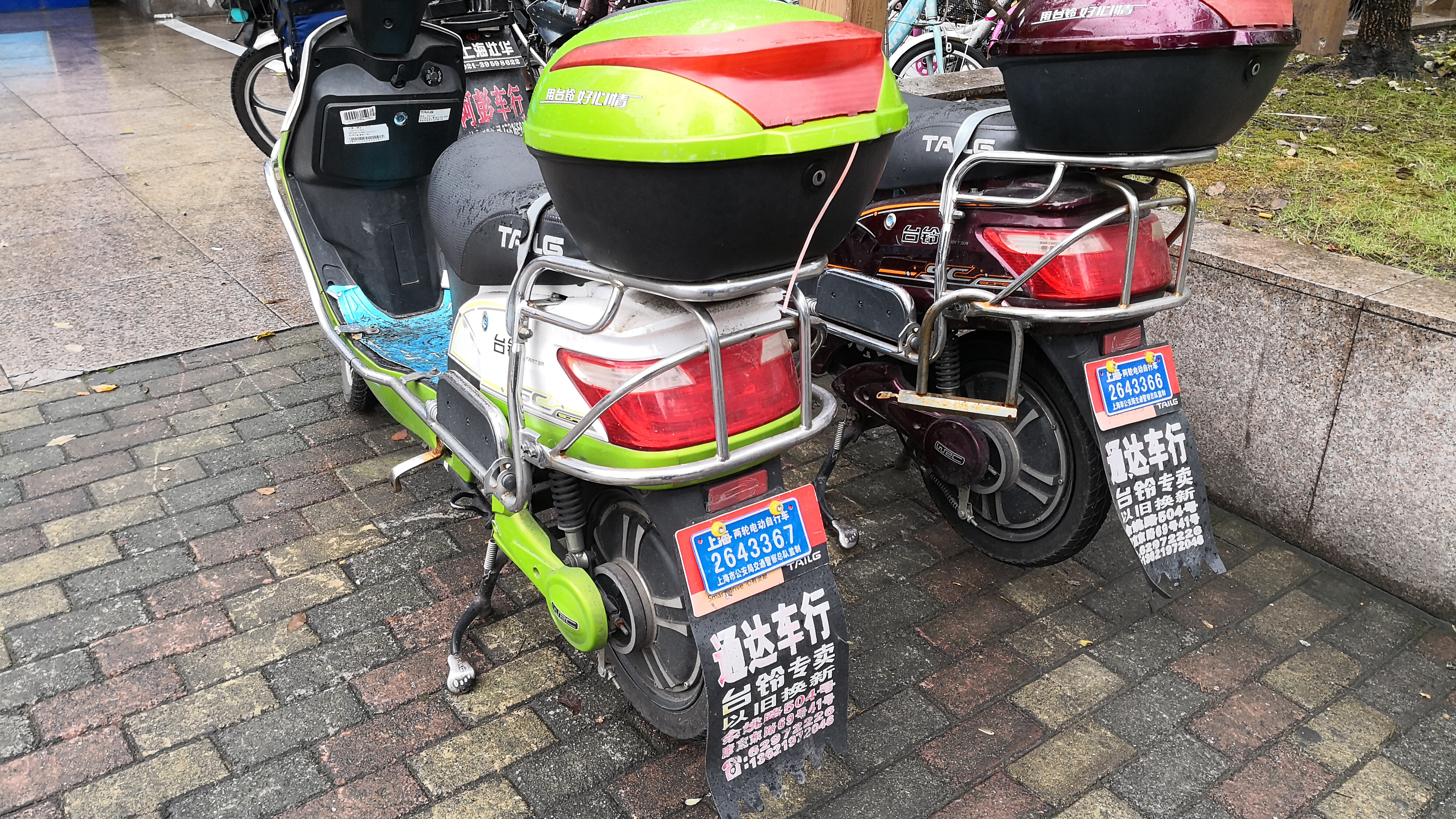
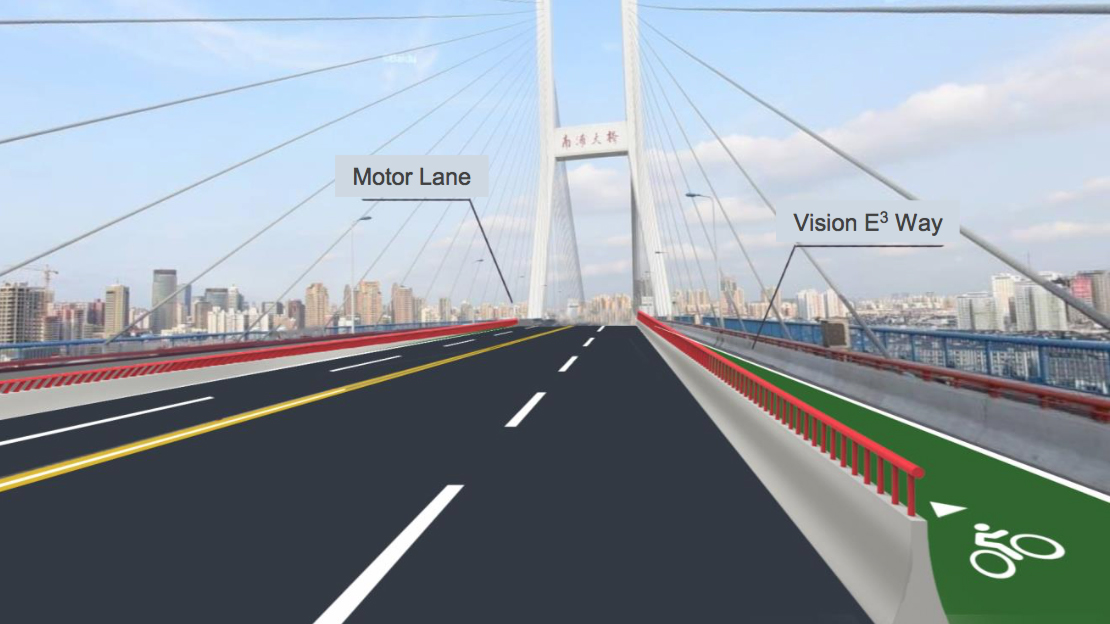

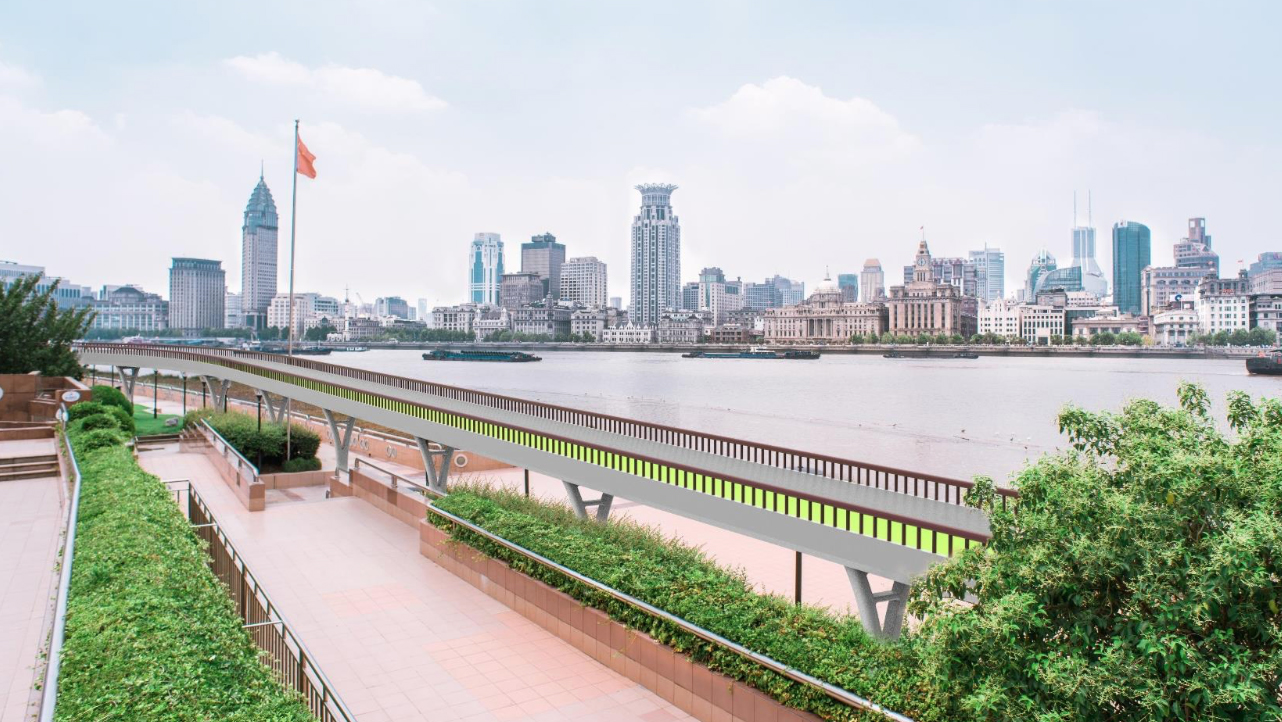

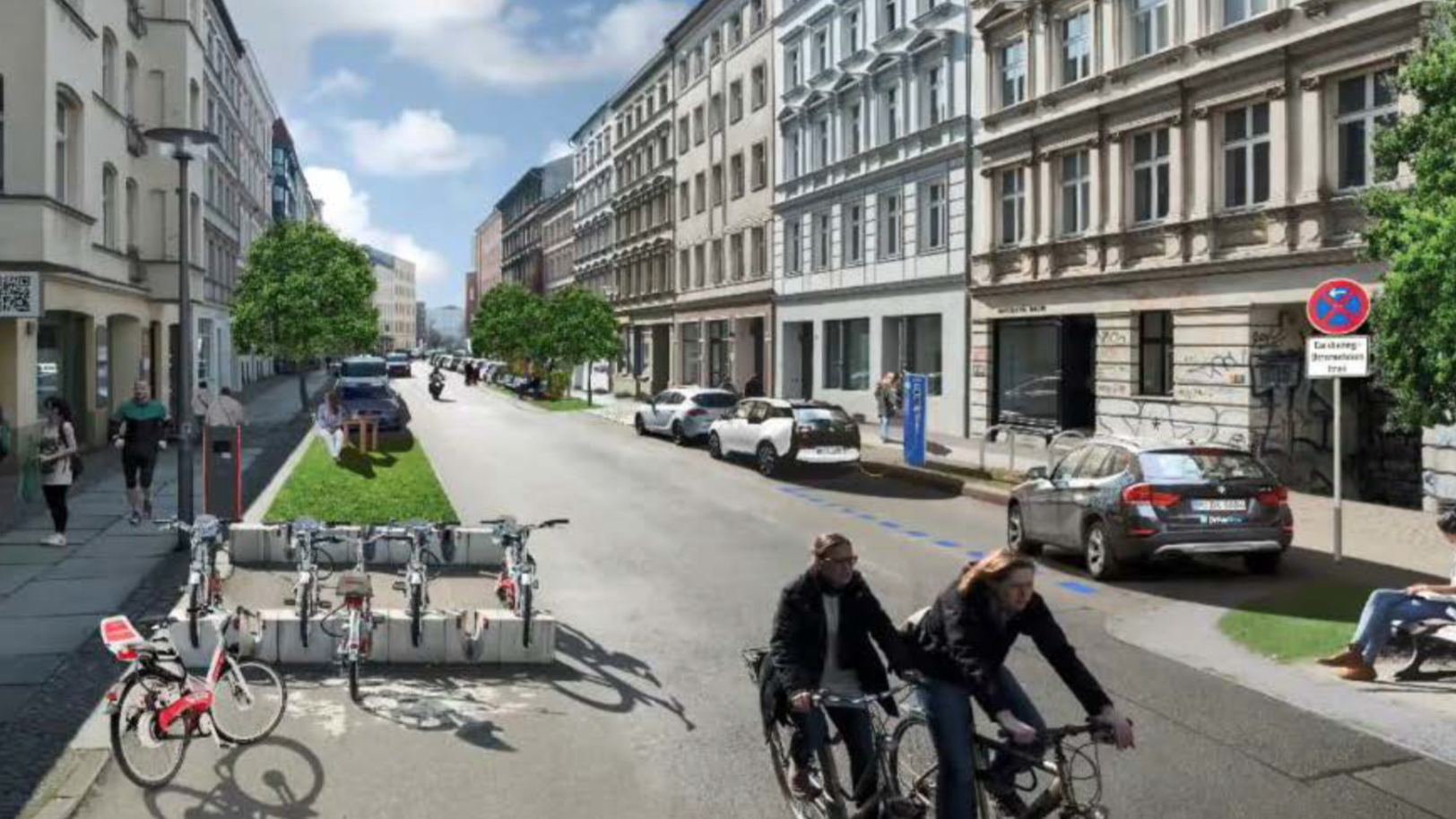

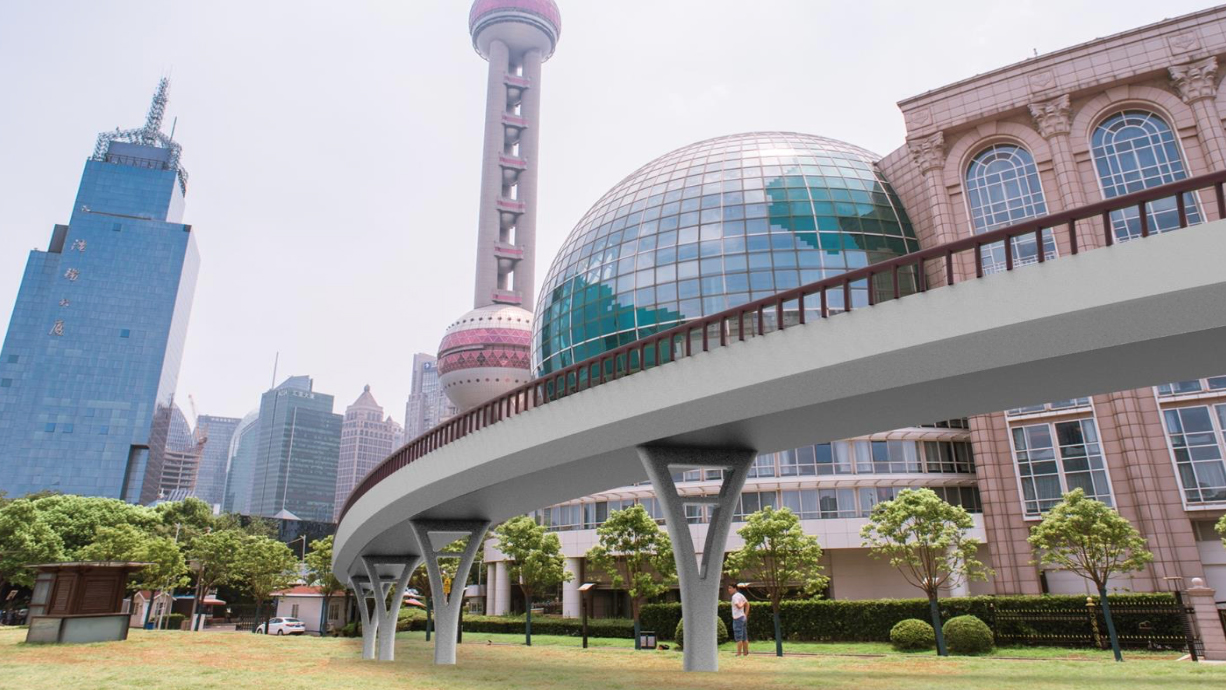



- Liked this?
- Check out the hottest cars announced at LA Auto Show

Rob Clymo has been a tech journalist for more years than he can actually remember, having started out in the wacky world of print magazines before discovering the power of the internet. Since he's been all-digital, he has run the Innovation channel for a few years at Microsoft, as well as turning out regular news, reviews, features and other content for the likes of Stuff, TechRadar, TechRadar Pro, Tom's Guide, Fit&Well, Gizmodo, Shortlist, Automotive Interiors World, Automotive Testing Technology International, Future of Transportation and Electric & Hybrid Vehicle Technology International. In the rare moments he's not working, he's usually out and about on one of the numerous e-bikes in his collection.
